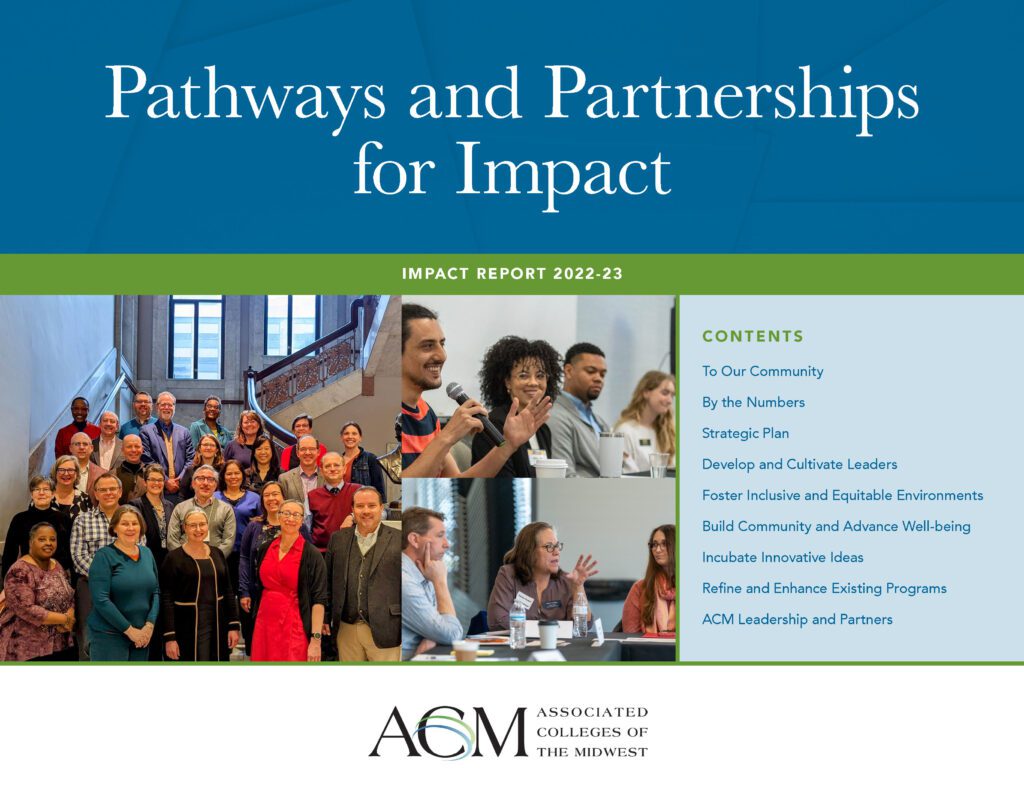Modeling Answer Key
Contains images of the graphs produced in the various model runs, as well as written answers to questions.
Modeling Earth Systems Site
Provides an overview of the course, which was originally developed as part of the InTeGrate program at the Science Education Resource Center (SERC). It includes some background and context about using models in the classroom, as well as the population exercise referenced in this module. Instructors can register for a free account to access all materials (students can see some things but not the keys, notes, etc.).
Reading List
HIstory of the BWCAW
Provides an historical overview of the Boundary Waters Canoe Area and Wilderness from the 17th century onward. In reality, people have lived and traveled in this area for likely 10,000 years; their descendants are some of the Native American groups (bands of Ojibwe, Chippewa and Sioux people) who were living in the region when French fur traders arrived. Today, the BWCAW is a popular destination for outdoor recreation, including camping, hiking, fishing, and especially canoeing. It provides an important component of the region’s economy, employing residents at resorts, outfitters, restaurants and shops in Ely and other communities near the Wilderness area. Native American groups also still occupy the region and have continued to push for renewed access to various areas of the BWCAW that represent important religious and cultural sites in their community traditions.
Sulfide-ore copper mining threatens the Boundary Waters
Part of the site for Save the Boundary Waters, a nonprofit advocacy organization that opposes the proposed mining development. Read the overview here, and feel free to look at some of the other information on the site. Much/all of the science (see links under the “The Issue” tab) comes from reputable sources, such as environmental impact statements, or independent academic analyses; however, keep in mind that this group has a specific agenda, and therefore they have likely not included all available information on their site.
Science Desk: How Sulfide-Ore Copper Mines Pollute
This page, also from Save the Boundary Waters, gives a brief description of the process involved in copper-sulfide mining. Unlike taconite mining, the primary type of mining that has been conducted in the Iron Range for decades (see optional readings). This kind of mining presents the risk of acid mine drainage leaking from the site. The level of risk is debated of course; the two mining companies proposing these projects claim that they can conduct the projects with appropriate and sufficient safeguards such as liners on tailing ponds. Conservation groups such as this one say that no such mine has ever been free of environmental contamination problems.
Minnesota Issues Resource Guides: Copper-Nickel Studies and Non-ferrous Mining
Maintained by the Minnesota state legislature as a brief history of metal mining in the state, and as a repository for reports, studies and impact statements. Read the top two sections (“Copper-Nickel Studies” and “History in Minnesota”), and skim through the list of reports to get a sense of the types of information that are available.
Minneapolis Star-Tribune: Iron Range mine could pollute water for up to 500 years
Provides an overview of the most recent large development in this issue, the release of the Draft Supplemental Environmental Impact Statement (DSEIS) in 2013.
Government of Canada: Mercury in the food chain
Provides background information about how mercury moves through a food web, including bioaccumulation and biomagnification.
Optional
The New York Times Magazine: In Northern Minnesota, Two Economies Square off: Mining vs. Wilderness
Does a nice job summarizing the economic arguments for and against copper-nickel mining near the BWCAW.
MNOpedia: Opening of the Mesabi Iron Range
Gives the history of mining in northern Minnesota, leading up to the growth of the taconite industry.
MNOpedia: United States of America v. Reserve Mining Company
Tells how a lawsuit changed the way taconite tailings were dealt with, and gave increased regulatory power to the EPA.
Environment & Society: Taconite Mining in Silver Bay: A Tale of Extraction and Accumulation
Provides a slightly different take on the same lawsuit above, including a little additional context.
TC Daily Planet: Iron Range 101: What is taconite?
Gives an overview of taconite, the most common product of mining in northern Minnesota in the last several decades.





